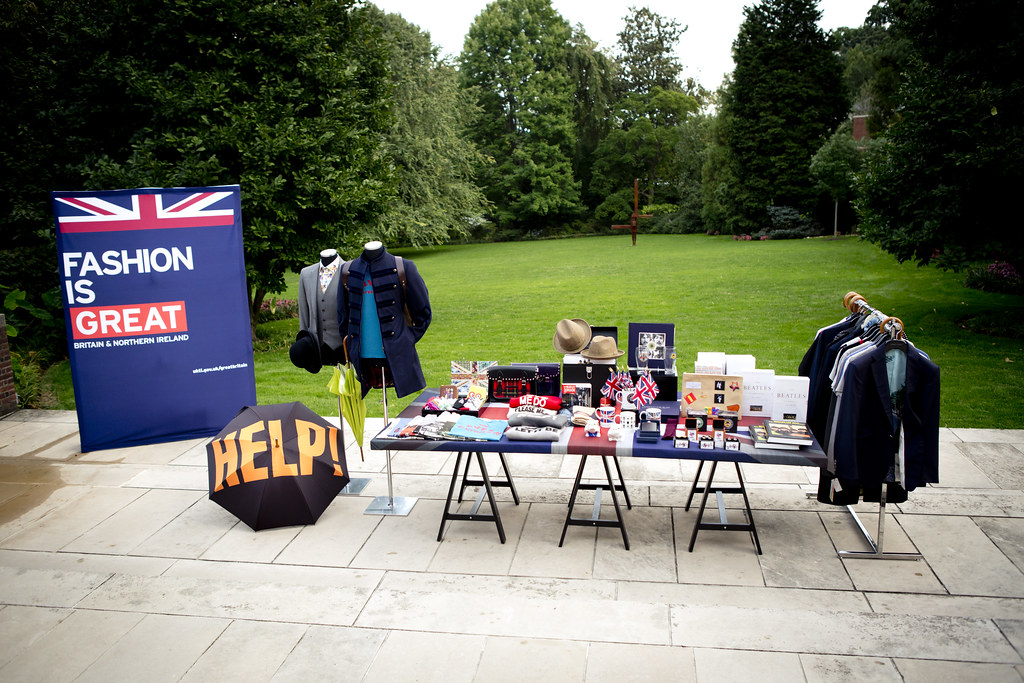7th November 2013 Washington DC, USA
Following Suit: TTIP and the Fashion Industry
Last month, Ambassador and Lady Westmacott hosted a reception to celebrate the Bloomingdales GREAT British Invasion Campaign. The Campaign is a line of menswear designed to honour the 50th anniversary of the Beatles’ appearance on the Ed Sullivan show, as well as a ‘Best of Britain’ menswear line featuring 40 high-end and traditional British designers that created one-off pieces to celebrate the influence that British fashion has had on the US. The influence I speak of is basically endless. The Brits know a thing or two about fashion — From Turnbull & Asser, Burberry, Paul Smith, Stella McCartney to Alexander McQueen: the list goes on and on.

Earlier this year, before the four major Fashion capitals (New York, Paris, London and Milan) put on their bi-annual Fashion Weeks — weeks which generate international influence and billions in global revenue — leaders from the EU and the US met to launch negotiations on the Transatlantic Trade and Investment Partnership (TTIP). When complete, this deal could have a major impact on the fashion industry. Although the US and the EU already enjoy relatively small tariffs, the fashion industry is taxed at a comparatively high rate. The average tariff is quite low in both the EU and the US (under 3 percent), but the average tariff on apparel is about 13 percent in the US and 12 percent in the EU. For example, cotton sweaters are taxed at about 16%, and women’s suits are taxed at about 13%.
A comprehensive TTIP, which the UK is aiming for, could eliminate these tariffs on exported and imported goods. Fashion houses that may have been absorbing high tariffs or bumping up prices to account for these costs, could breathe a sigh of relief once a deal is reached. An ambitious TTIP could also mean jobs on both sides of the pond; a recent study, “TTIP and 50 States: Jobs and Growth from Coast to Cast,” shows that a deal could create 740,000 jobs in the US alone.
The fashion industry is really important to global revenue, especially so in the UK. In 2010, it was estimated by the British Fashion Council that the fashion sector alone contributed £21 billion directly to the Economy. Further to this, the BFC estimates that orders of £100 million are placed during London Fashion Week each season, when buyers from all over the world come to see shows from the country’s best and brightest fashion houses.
And to all those who share my admiration for British designer fashion: the industry is doing nothing but growing. The Oxford Economics and the BFC estimate that sales of British designer clothes are rising by 20 percent each year, and are currently worth somewhere between £2.5 and £2.9 billion. Fashion is GREAT Britain!